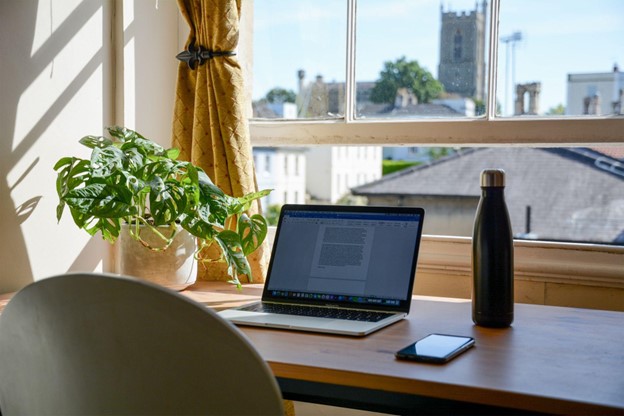Whether you are shopping for “The One,” you are building a new home from the ground up, or you are remodeling the home you already cherish, the decisions you make along the way can both be intimidating and highly rewarding. It is natural to feel overwhelmed when you wonder about how to logistically turn your dreams into reality, whether that reality will be as good as it was in theory, your budget, your timeline, or anything else. To help start you off right, here are a few key thoughts to help guide your next steps.

1. Practical Considerations
Before you design your live-in masterpiece, make sure it is compatible with your lifestyle. The absolute last thing you want is to build your dream home only to find out it doesn’t suit your needs.
The Ins and Outs of the Home
Ultimately, your home needs to be livable. For example, if you are looking to expand your house for more rooms for a growing family or for more overnight hosting for guests, do your goals to add rooms accommodate adding extra people, with comfortable space, adequate privacy, and enough bathrooms? If you’re planning for a multigenerational home, are you considering safety, accessibility, and versatility with your family’s changing needs?
Similarly, when you consider your house’s exterior, consider the type of materials used, including choices in facades that are suitable to the climate you live in. After all, if you live in an area that is prone to hurricanes, it would be best to factor in durability for extreme storms into your choice of materials such as paneling and tiles before you get blown away by an idea that will, too.
Design Code and Permitting
Before you pull out the blue tape, make sure that you’ve gone through the red tape. While working with licensed and bonded teams will help with quality control and legality, it is helpful to first make sure that what you are considering is feasible. For example, many municipalities require additional permits for Accessory Dwelling Units; additionally, understanding that expanding your home will require changes to your electrical wiring and installing extra pipes, which could lead to additional inspections and fees for hook-ups to water and sewage. On the other hand, your plans may qualify for tax breaks and other federal or local incentives! Planning for these contingencies can help spare financial and legal heartache, and help you anticipate delays in the timeline.

2. External Influence: Upping your Curbside Appeal
There are many great reasons to invest in exterior architecture and home exterior makeovers. Not only is your home’s outside the first impression you make to yourself and others, but putting the extra effort into the outside of your house can definitely boost your home’s value! Alongside practicalities like maintenance and, if you are or will be in a planned community, HOA restrictions, consider your personal aesthetic: do you want quirky and playful? Timeless and elegant? Hoping to accentuate a cultural tradition, such as a classic Southwestern abode or a Scandinavian seaside town? Designing with the front end in mind can help you also consider which parts of your design matter most. From there, you can make more empowered decisions on who to contact in terms of contractors, specialists, and/or agents.

3. Insider Information: Your Interior Design Mind
While curb appeal is important, your living room’s spaciousness, kitchen surfaces, and staircases matter as well! Consider, for example, that you already have an idea for your ideal amount of natural light, both for your own personal tastes as well as ways to add eco-consciousness into your enhancements. Even more, for kitchens, laundry rooms, hobby rooms, and bathrooms alike, consider which practical elements you want to make the focal point, such as a countertop that is a conversation starter, or a porcelain sink that sets the tone for the room.
Whether you are designing the whole house, or looking to modernize one room, once again, start with a theme or favorite piece of furniture you want to design around.
Start Building Your Team!
Once you are ready to hammer away, make sure that when you are collecting your bids, you are also looking for compatibility with the folks who will help you achieve your housing dream. After all, whether you are working with a real estate agent, or you are working with an architect, making sure that your people are also ready to execute your vision is at the front and center of everything you do. While budget and reading quality reviews will always matter, make sure that you also feel comfortable with the people you are working with. So, here’s to happy dreaming and even happier doings!






